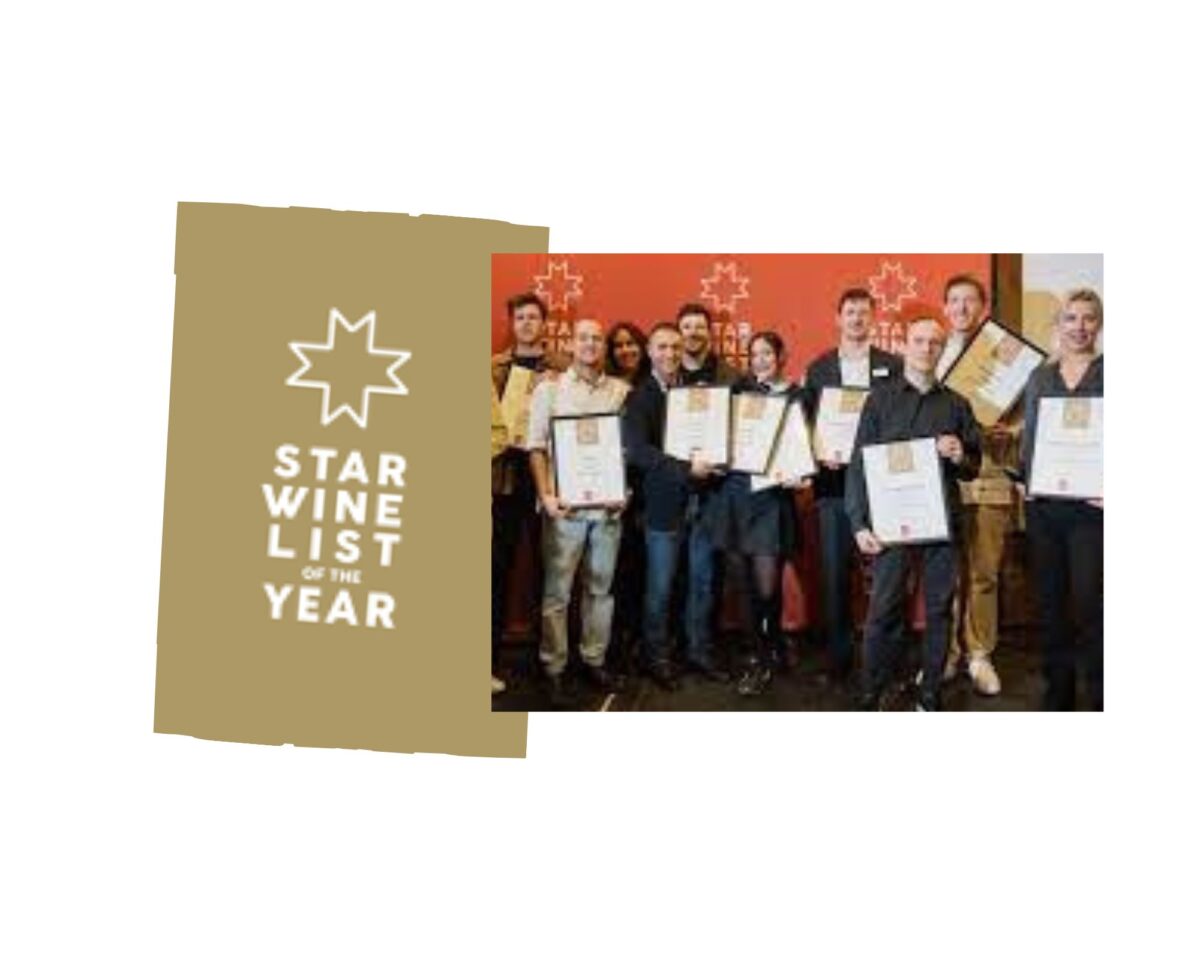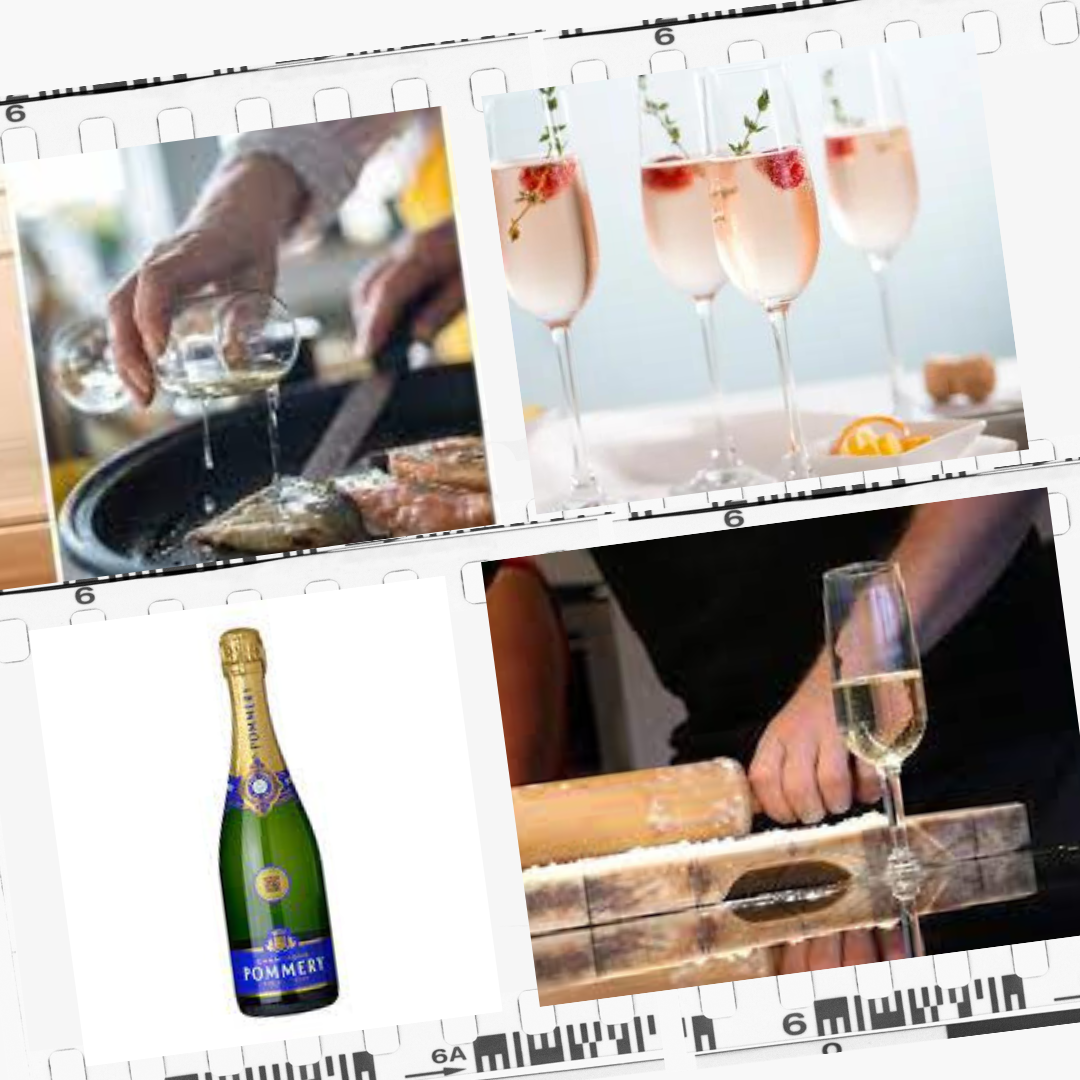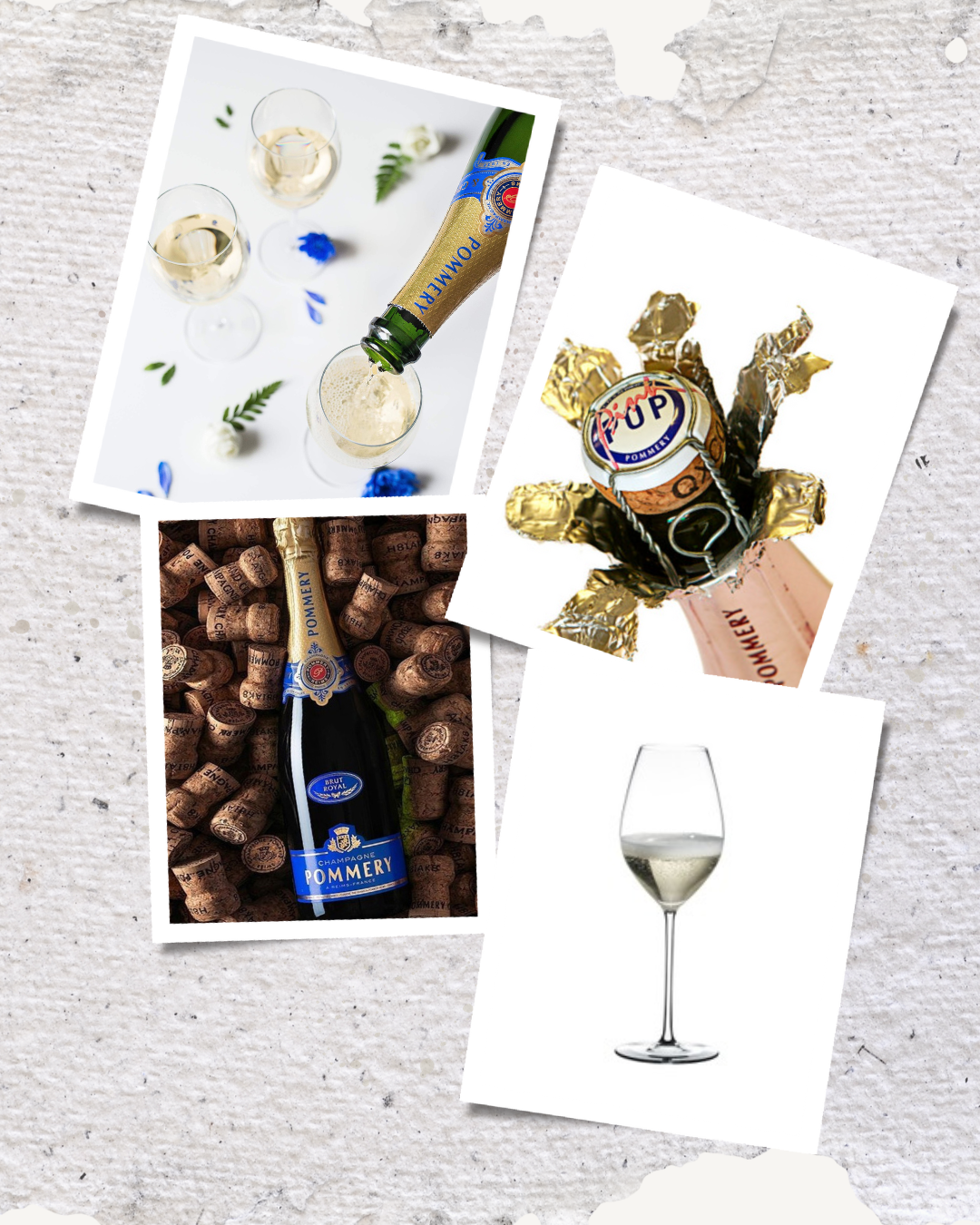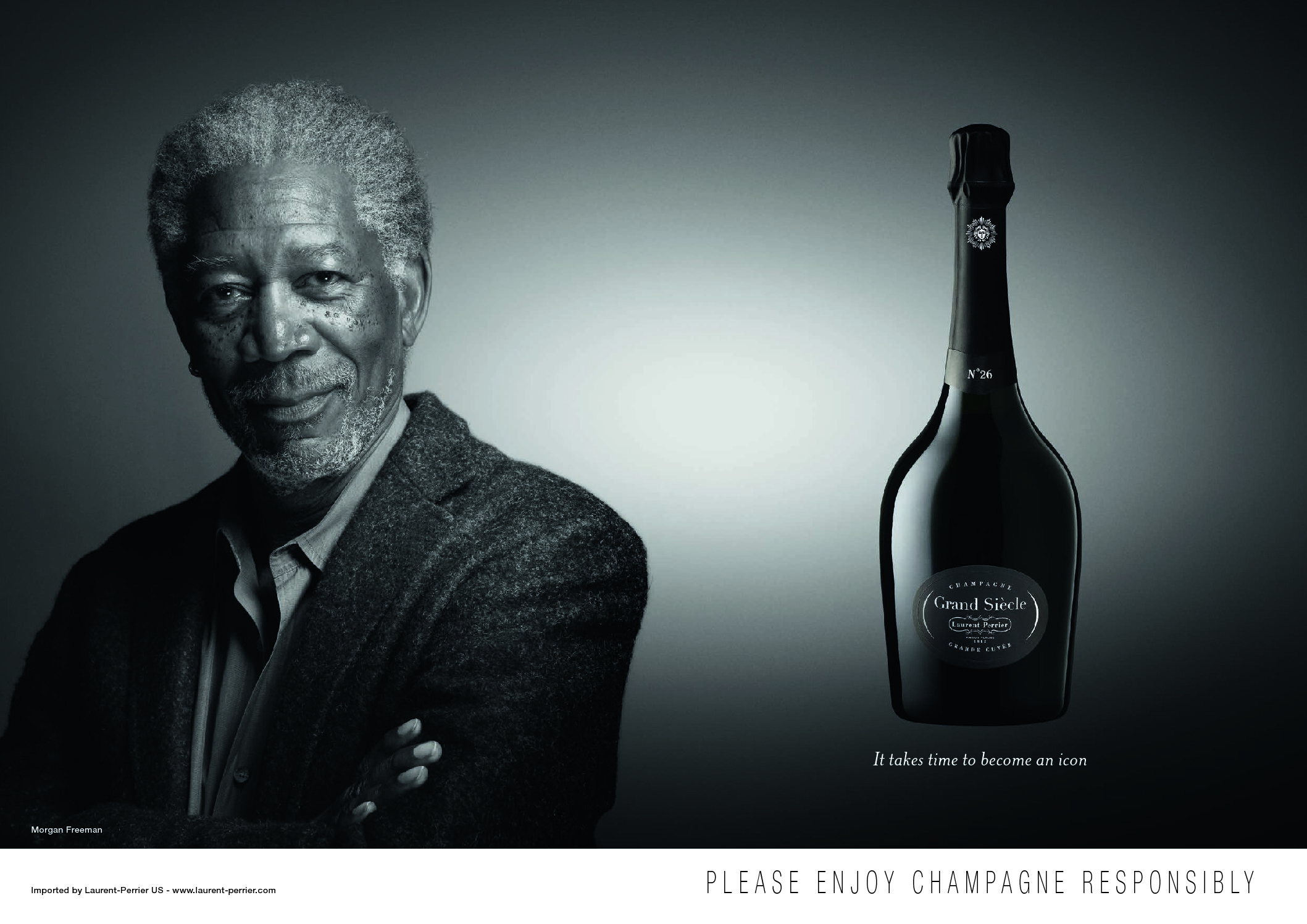Star Wine List of the Year is the celebration of the great wine lists in the world and the teams behind them. The prize was awarded in ten categories, and the winners in each category got a Gold Star and qualified for the international final which will be held in June.
The International Open was held as an online event on May 6. Of the countries in the finals, both Australia and the Netherlands had the most representatives, with 20 restaurants/bars each. USA had 13 and Canada 10 venues shortlisted.
The jury for the Star Wine List of the Year International Open 2024 includes four international wine experts:
Pascaline Lepeltier
Piotr Pietras MS
Heidi Mäkinen MW
Doug Frost MW MS
“The judging process was quite a challenge and scores were really tight in most categories. The level of wine lists was high and I was impressed by their complexity, depth and a clever, creative touch,” said jury panel member Piotr Pietras MS about judging the International Open.
His fellow jury member Pascaline Lepeltier said:
“How exciting it is to see so many compelling lists from restaurants I have never heard of: it is impressive to see how so many sommeliers all around the world are creating curated beverage programs, with wit and intelligence, sometimes in areas where access to wine is complicated. I salute all their passion and hard work, and I am glad Star Wine List decided to showcase them!”
Doug Frost, both Master Sommelier and Master of Wine, joined the online celebration on May 6.
“I have looked at a lot of wine lists, and judged them, over the years. This time it was both really difficult and interesting. And it was exciting to look at so many different lists, and I learned a lot from it too. And it’s obvious that the people who sent us these lists have worked really, really hard,” he said.
Here are all the Gold Star winners:
The best list overall
[Gold Star]
De Nieuwe Winkel, Nijmegen, Netherlands
“Wow, this is crazy. I’m overwhelmed, thank you so much. I don’t know what to say, I feel very very honoured,” said Gauthier Cauwels from De Nieuwe Winkel.
“This award is not only about a list, but also how a wine selection is coherent with the whole philosophy of a restaurant. De Nieuwe Winkel is showing us what the gastronomy of tomorrow will probably be, ancred but how so diverse, and dedicated to be a local actor while responsibly offering some of the most thoughtful and delicious wines, at a fair price. Congrats!” said jury member Pascaline Lepeltier.
Best Long List
For wine lists with more than 600 references.
[Gold Star]
Restaurant Le Coureur des Bois, Beloeil, Canada
“Thank you. We are so very happy, this feels amazing. It’s a big work for every member on the team to maintain the list. It’s a tough job to keep the list year after year. The verticals and the classics, as well as the newcomers and the up-and-coming wines. My role is quite difficult, but I’m so happy for the team I work with,” said head sommelier Jean-Simon Rioux-Ranger at the event.
“A beautiful, complex list showcasing both classic and new-wave producers. The list thoroughly covers not only well-known appellations, but it also includes hidden gems and up-and-coming regions. Impressive verticals from numerous wineries are an added value,” said jury member Piotr Pietras.
Best Medium-Sized List
Recognizes the best wine list with 200-600 references.
[Gold Star]
MotherVine, Adelaide, Australia
“Thank you so much, it’s a great honour. I really didn’t expect this. Our list holds all the types of wines that we love to drink ourselves, but we also want to have wines for every kinds of tastes. Our name speaks of a clone, but we also have a love for Burgundy, which I think is reflected in the list,” said Mathieu Smeysters, sommelier and co-owner.
“This wine list highlights both national and international wines from exciting producers and manages to make the selection very diverse. The balance between different producer styles is successful and the offering is delightful throughout all pages,” said jury member Heidi Mäkinen MW.
Best Short List
Recognizes the best wine list with fewer than 200 listings.
[Gold Star]
De Nieuwe Winkel, Nijmegen, Netherlands
“Thank you, I feel very happy and honoured for the recognition. We try to do things differently, only cook plant-based for example. And our wine list is a reflection of that. We also have a beer sommelier, with an amazing list, and botanical cocktails. I want to send a big thank you to our owners who let me keep building this list, and thank you to all my colleagues,” said Gauthier Cauwels from De Nieuwe Winkel.
“Frankly, it’s easy (if expensive) to write a great wine list when you have several thousand selections. I’ve always believed that the truest mark of smarts is the ability to write a well-rounded and complete short wine list. Winkel has provided a list for every gustatory and financial appetite. Sure, there’s a focus upon cooler sites and Bordeaux is under-represented, but there are so many other wonderful options that it just doesn’t matter,” said jury member Doug Frost, Master Sommelier and Master of Wine.
Best Sparkling Wine List
Recognizes the best list with sparkling wines
This category is presented by Nyetimber
[Gold Star]
Ristorante del Lago, Bagno di Romagna, Italy
“We saw many wine lists with amazing Champagne selections; this one didn’t necessarily stand out for that but, rather, its crazy, nearly encyclopedic list of Italian bubblies. Okay, the Champagne list was great too,” said Doug Frost.
Best By the Glass List
Recognizes the best by the glass list.
[Gold Star]
Ten Minutes by Tractor, Main Ridge, Australia
“Thank you so much. I can only thank the wine team and the chefs, as well as our owners. Of course, people come to our restaurant to enjoy our own wines, but we want people to be able to enjoy a full restaurant experience, and enjoy other fantastic wines apart from ours,” said Kyle Barton from Ten Minutes by Tractor.
“Anyone entering this venue will be delighted by the offering by the glass, as it allows delving deep into different wine styles from around the world. Each choice, whether local or from further afield, is chosen carefully, so it would be a real struggle to choose what not to drink!” said jury member Heidi Mäkinen.
Best Newcomer List
Recognizes a venue that recently opened
[Gold Star]
Enoteca Boccaccio, Melbourne, Australia
“Thank you so much, such a great honour for us. Enoteca Boccaccio has been a dream project for my bosses, the d’Anna family. We’ve been open a little less than a year, and it has been such a lovely journey to build this list,” said wine director Elena Leardini.
“They may be newcomers but they offer a fantasy of some of the sexiest names in wine: Selosse, Krug, Raveneau, J.J. Prüm, Emidio Pepe, Rinaldi, and Borgogno, all with remarkable vertical selections. The largest of all the verticals? One of the greatest values in Italian wine: Produttori del Barbaresco,” said jury member Doug Frost.
Sustainable Wine List
For the Sustainable Wine List category, not only the wine list is evaluated, but also the stated actions of the venue, as described through a questionnaire in the application.
[Gold Star]
Esters Wine Shop & Bar, Santa Monica, USA
“It is always so inspiring to see more and more places looking for solutions to make a restaurant a more sustainable place, especially when it goes beyond just the selection of committed farmers and winemakers. This is what set Esters apart; actions and support not only to education and promotion of sustainable farming, but an involvement in the local community to help the needed environmental and social changes to happen,” said the jury’s Pascaline Lepeltier.
Here is the link to the winners:
starwinelist.com/wine-story/the-winners-in-our-international-open-with-competing-wine-lists-from-19-countries





